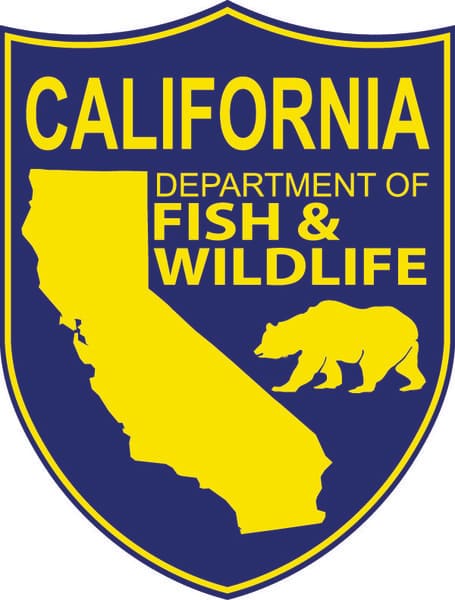Deer Hair-loss Syndrome Challenges California Researchers

Researchers at the California Department of Fish and Wildlife (CDFW) are studying a deer hair-loss syndrome across the state.
Wildlife experts are calling the issue “hair loss” but the real problem appears to be from the infestation of non-native lice and in some cases, a heavy infestation of internal parasites. Symptoms range from a scruffy looking hair coat to near complete baldness. Hair–loss syndrome is also associated with poor nutritional condition, making it difficult for fawns to survive to replace the normal mortality in mature deer.
“Some of us speculate that the louse-infested deer spend so much time grooming they become easy targets of predation by coyotes or mountain lions,” said CDFW senior wildlife biologist, Greg Gerstenberg. “While this theory is still under investigation, what we do know is that the louse has impacted migratory populations of California deer which now have a low fawn survival rate, making it difficult to replenish the herd.”
The goal of the research is to understand why the lice infestations are appearing as well as to understand the full impacts of the non-native louse species and hair loss. Information is also being shared with other western states that have similar issues in order to identify trends and potential treatments.
“It has been speculated that this condition may be attributed to an environmental deficiency of copper or selenium or some other underlying environmental factor such as a difficult to detect disease agent,” said CDFW state veterinarian, Pam Swift. “Regardless, we are conducting a comprehensive coordinated effort that will hopefully shed some light on this perplexing syndrome and minimize its effect on California’s precious deer population.”
To date, researchers have successfully captured and collected hair and blood samples from more than 600 deer and elk across California. Counting and identifying lice on each deer, applying radio collars to track the deer, and treating some deer for lice will hopefully give researchers some quantifiable information they need to identify trends and find a solution.

